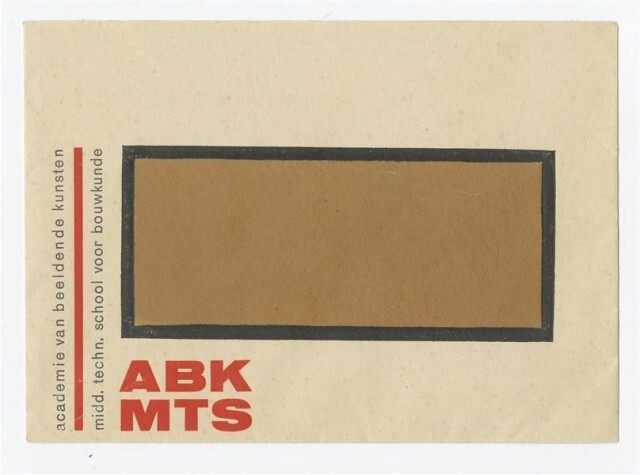
During its brief existence (1919–33), the Bauhaus produced a group of architects and designers whose work had a profound effect on the twentieth century’s visual environment. These men and women believed that everyday objects, stripped of ornament, could achieve beauty simply by form and colour.
Marianne Brandt’s tea infuser is an essential object of the Bauhaus. Only three inches tall, its diminutive size is the result of its function. Unlike conventional teapots, it is intended to distil a concentrated extract that can produce tea with any desired strength when combined with hot water in a cup.
While incorporating the familiar elements of a teapot, the designer has reinvented them as abstract geometric shapes. The body is a hemisphere cradled on a crossbar. The thin circular lid, which had been placed off-centre to avoid drips (a common defect of metal teapots with hinged lids), had a tall cylindrical knob. The handle, a D-shaped piece of ebony set high for ease of pouring, provides a strong vertical contrast to the object’s predominant horizontality. Although the pot is carefully worked out, its visual impact lies in the uncompromising sculptural statement it makes. It’s defiantly modern.
Tea Infuser and Strainer, Marianne Brandt (German, Chemnitz 1893-1984 Kirchberg), Silver and Ebony.

Check out similar items
Sources
metmuseum.org. https://www.metmuseum.org/art/collection/search/491299.
More on the Bauhaus
Discover more from Encyclopedia of Design
Subscribe to get the latest posts sent to your email.





















